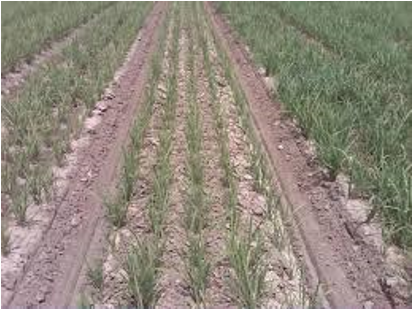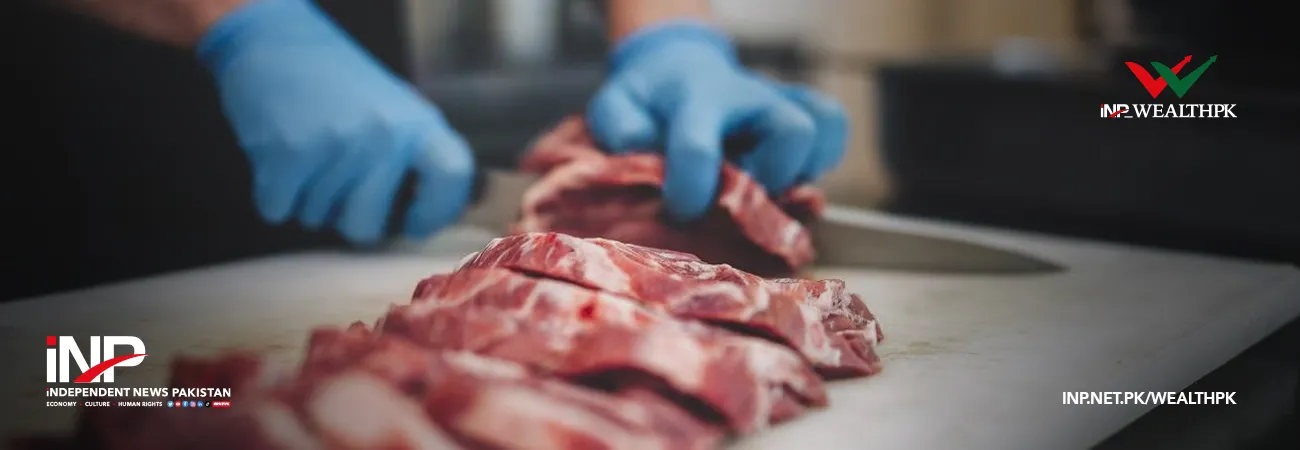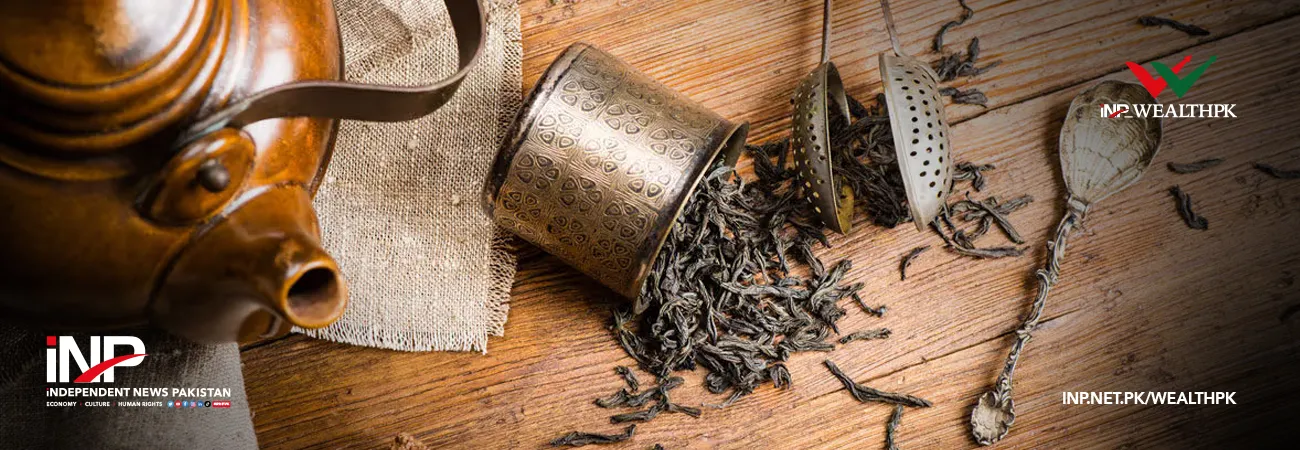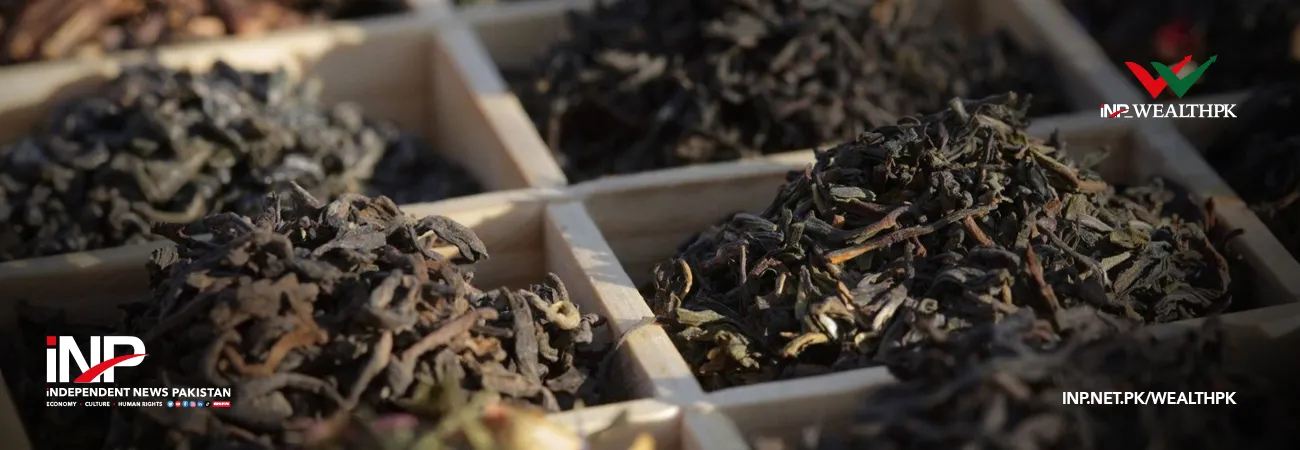INP-WealthPk
Muhammad Luqman
In recent years, mechanized paddy cultivation has gained momentum in Pakistan's Punjab province. Once heavily dependent on manual labor—particularly women—paddy farming is now undergoing a significant transformation. The dual pressures of rising labor costs and a shrinking pool of available women workers are pushing farmers toward mechanization.

Popular technologies being adopted by the farming community include rice transplanters, combine harvesters, and laser land levelers. "Over the past 30 years, the federal and Punjab governments have launched around five projects aimed at promoting mechanization in paddy cultivation. Farmers are gradually shifting to machines for both sowing and harvesting of this essential food crop,” said Engr. Mudassir Ali, Senior Scientist at the Rice Research Institute in Kala Shah Kaku near Lahore.
Speaking to WealthPK, he noted that most of the mechanization in paddy farming has occurred in the Gujranwala and Hafizabad districts—key areas in Pakistan’s rice belt. "Farmers from other districts such as Sheikhupura, Narowal, and Sialkot are also adopting rice transplanters, combine harvesters, and laser land levelers, though at a slower pace," he added.
The target for rice cultivation in Punjab has been set at 5 million acres this year. “Hopefully, a significant portion of the crop will be sown using mechanized methods,” Engr. Mudassir expressed optimistically. “This shift is not simply about embracing innovation—it’s a response to economic and demographic pressures,” he explained.
Under the National Productivity Enhancement Scheme, the government has distributed approximately 400 rice transplanters among farmers. “In addition, private machinery companies in the Gujranwala district are importing used paddy transplanters from East and Southeast Asian countries, especially Japan and the Philippines,” Engr. Mudassir said.
However, he pointed out that the lack of skilled operators for these transplanters in Punjab remains a major hurdle to the wider adoption of mechanization. On a more positive note, about 90% of paddy crop harvesting has already shifted to mechanical methods.
“This shift is largely due to the government’s ban on burning paddy stubble, which has been a major contributor to smog in Punjab in recent years,” he said. Generous government subsidies on harvesting machinery have also played a critical role in moving away from manual threshing (phandai) to mechanical solutions.
According to the agricultural machinery expert, rural labor costs in Punjab have soared over the past decade. In some regions, daily wages for agricultural workers have more than doubled, driven by inflation, alternate job opportunities, and seasonal migration. “For small and medium-sized farmers, the cost of hiring labor for transplanting and harvesting has become increasingly unsustainable,” Engr. Mudassir noted.
Farmers also feel that the high initial cost of purchasing machinery is a major factor slowing the adoption of new technologies in the paddy sector. “The government should initiate handholding programs for the purchase of rice transplanters, similar to the subsidies it provides for harvesting tools,” suggested Chaudhary Muhammad Haseeb Anwar, Chairman of Pakistan Kissan Ittehad.
He emphasized that the Agricultural Machinery Research Institute (AMRI) could play a vital role in reducing the cost of transplanters by reverse-engineering them and supporting local production. “The lower the cost of technology, the faster its adoption,” said Chaudhary Haseeb. He further noted that countries like China, the Philippines, and Thailand could serve as role models for Pakistan in adopting and scaling paddy cultivation technologies.
“To fully realize the benefits of mechanization, a strategic approach that combines technology, training, and inclusive development is essential,” he concluded. “Only then can Punjab’s paddy farmers transition to a more productive and sustainable agricultural system.”
Credit: INP-WealthPk













